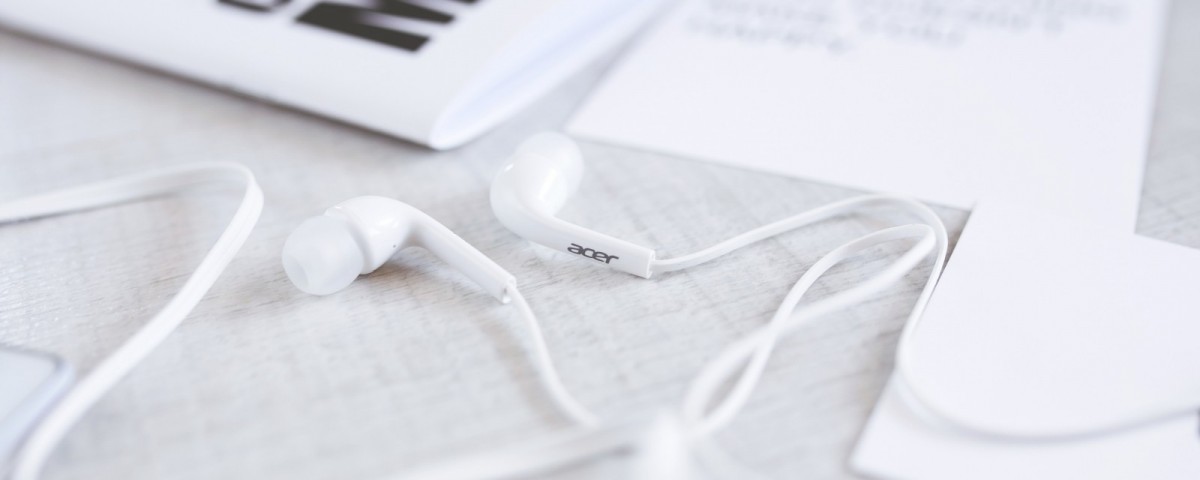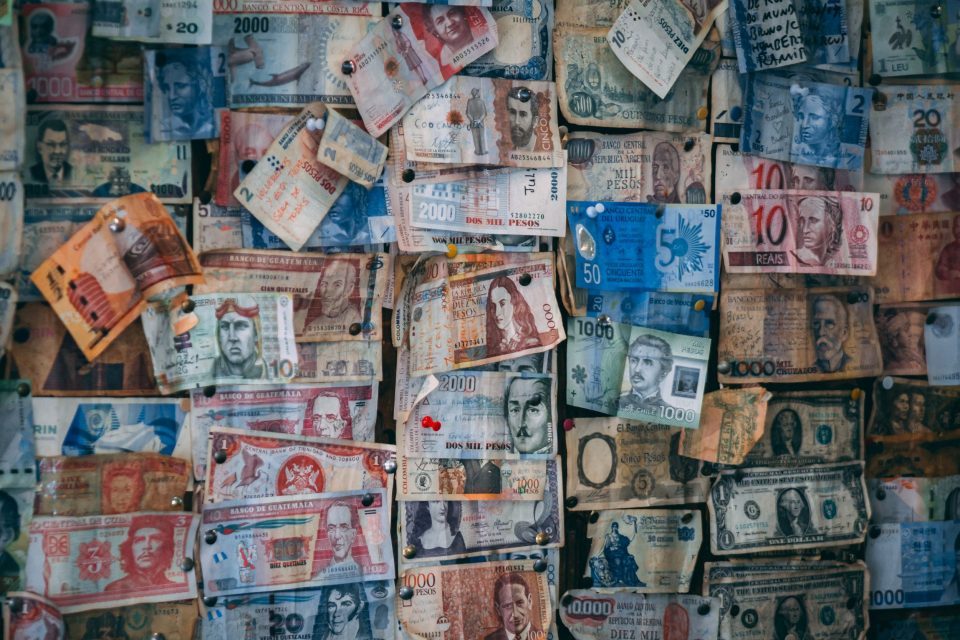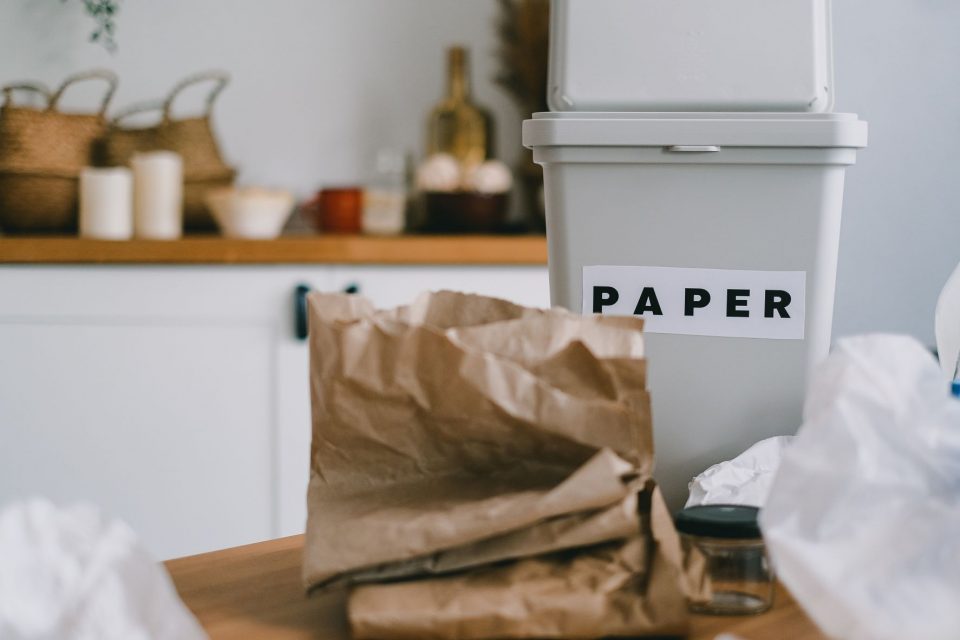What is paper whiteness?

Every Designer Should Start With Paper
February 23, 2016
Set Clear Goals
March 4, 2016
“We only have one chance to make a great first impression”
Today, there are so many options when choosing paper to print on. Paper whiteness is a factor to consider.
It will affect how your document is read and that great first impression that it makes.
To understand paper whiteness, you’ll also need to know a bit about paper brightness. These are 2 different elements but often complement each other.
- Paper brightness will show the percentage of blue light that reflects through the paper. This is measured in a wavelength. The brightness scale goes from blue and then also to yellow, keep in mind that this is quite subtle. As paper ages, it starts to get a yellow tinge to it. Most white paper that we see today has between a 6o to 90% brightness range.
- The paper whiteness relates to how the paper reflects the light. The light that is used to considered at outdoor daylight strength.
Do keep in mind that paper whiteness can be seen differently, depending on the lighting. If you use fluorescent light or indoor lighting, paper may look different than it does in bright daylight, which is considered the standard. A paper’s whiteness shows you how light is reflected on the paper. An excellent way to discern paper’s whiteness is to check it in your office, by a window so you have the combination of outdoor and indoor lighting. As most want their documents viewed in offices, how the paper appears in front of a business colleague at a desk is critical for many projects.
Paper whiteness is subtle but quite likely you notice it without realizing it. It’s often why you’ve chosen certain reams of paper vs. others. You simply prefer their whiteness levels.
Presentation matters, whether for an office, school or home life project. We all want our hard work to look its best when seen by others.
Choosing the right paper can make a big difference. You might compare paper whiteness to the difference between getting your coffee order with 1% or whole milk. At first glance you might not realize there was any difference between the two coffees, but there would be no doubt after you had had a sip or two. Paper whiteness changes the way paper is seen by others. Do keep in mind that understanding paper brightness can be quite helpful, as this term is closely related to paper whiteness. But paper whiteness offers its own strengths as to what can be done to paper.
We have a subtle reaction to paper that is crisp and white. There may be times when you want a “duller” or softer white to use. But for most work or school projects, that sharper white is what is desired.
Remember to look at paper whiteness when ordering paper for your office!




